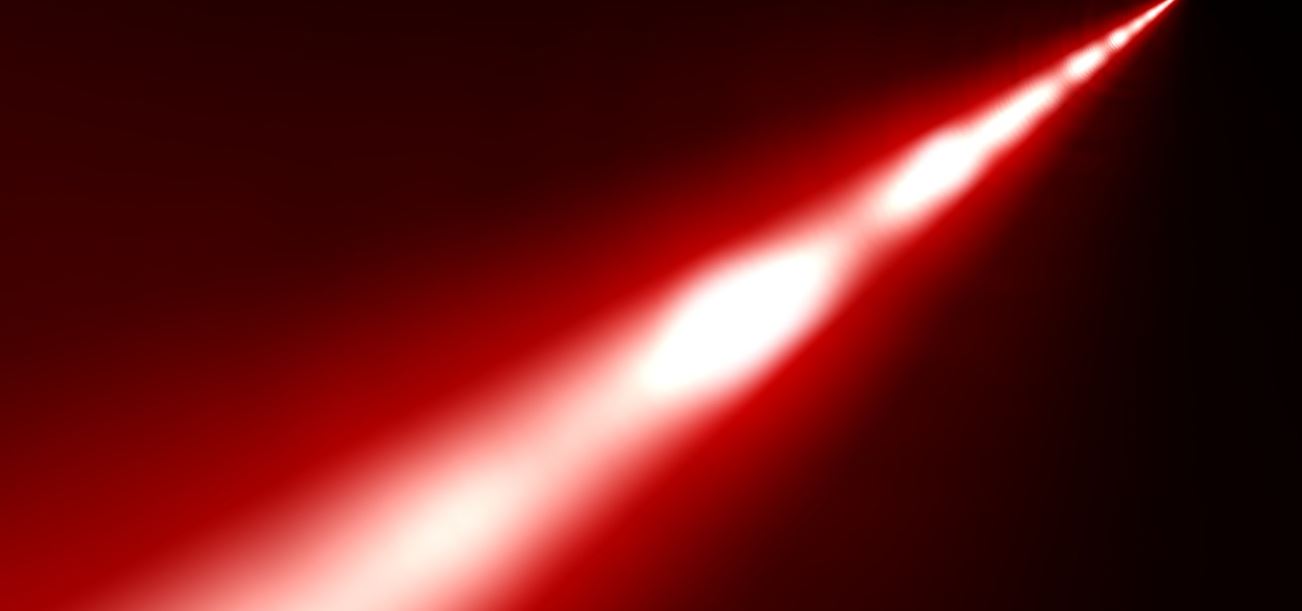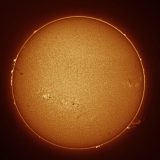Matter Could Be Created from Light – Researchers Plan for an Experiment

80 years ago, two physicists (Breit and Wheeler) theorized a simplistic way to produce matter by colliding two photons. But their hopes on a laboratory experimentation were very little that they almost considered that a physical experiment was impossible. They also had very little resources back in the 1934.
Now, three physicists from Imperial College London have redeemed that hope. They have planned a comparatively simpler experimentation scheme, using high-powered lasers to experiment the theory of colliding two photons to produce an electron and a positron.
The experiment involves two steps. The first step involves using a very powerful high-intensity laser to speed up electrons near the speed of light. These electrons are then fired into a gold slab to create a beam of photons. The second step involves a tiny gold vacuum capsule (hohlraum). A high-energy laser would be fired at the inner walls of this gold capsule. This creates a thermal radiation field, generating high-intense light. Then finally, the photon beam from the first step is collided with this photon at the center of the hohlraum. The formation of electrons and positrons can be detected by exciting the hohlraum.
The lead researchers believe that matter can be created from light within years, as the current resources would make the experiment much easier to be carried out. The two lead researchers hope that this experiment, using photon-photon collider, may be demonstrated in the next 12 months. This experiment will be a simplistic demonstration of the Einstein’s relationship between matter and energy, which shows that they are interchangeable.
This post was first published on May 20, 2014.







